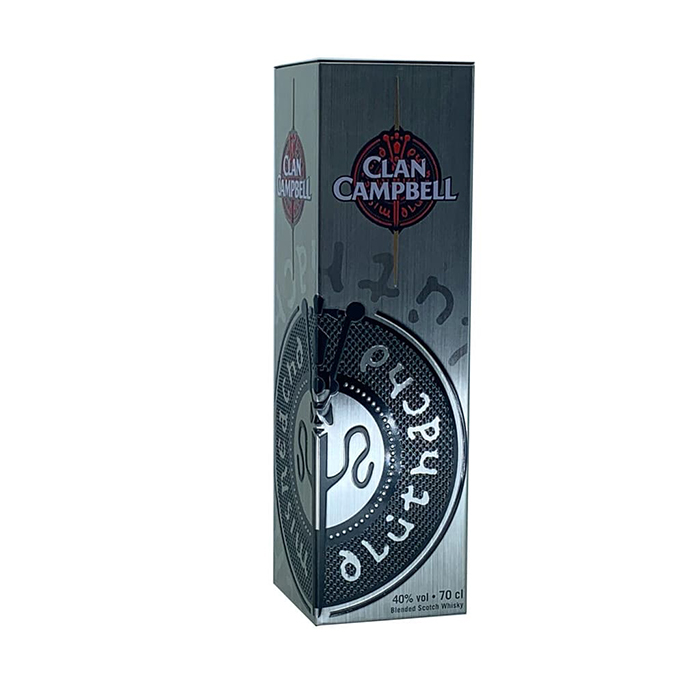
Wine-tin
Common materials
· Stainless steel: The most common choice, corrosion-resistant, non-toxic and odorless, can effectively isolate oxygen and light, and extend the shelf life of wine (such as 304 or 316 food grade stainless steel).
· Aluminum can: lightweight and recyclable, commonly used for ready to drink wine, but slightly less oxygen barrier than stainless steel, requiring an inner lining coating to prevent metallic taste.
· Tin/Tin plating: Traditional material, retro appearance, but less used in modern times.
Advantage
· Portable and durable: suitable for outdoor scenes such as camping and picnicking, not easily damaged.
· Environmental Protection: Reusable or recyclable, with a carbon footprint lower than glass bottles.
· Freshness retention performance: High quality stainless steel tanks can reduce oxidation and keep the wine fresh.
· Temperature control: Metal conducts heat quickly and can be quickly chilled (but avoid prolonged high temperature environments).
Applicable scenarios
· Ready to drink wine: commonly found in single serving (250-375ml) young wines such as ros é, sparkling wine, or white wine.
· Long term storage: Some stainless steel tanks designed with sealed valves can be used for aging (in a dark and constant temperature environment).
· Gifts/Creative: Customized appearance (carved, printed) suitable for use as souvenirs or brand promotion.




